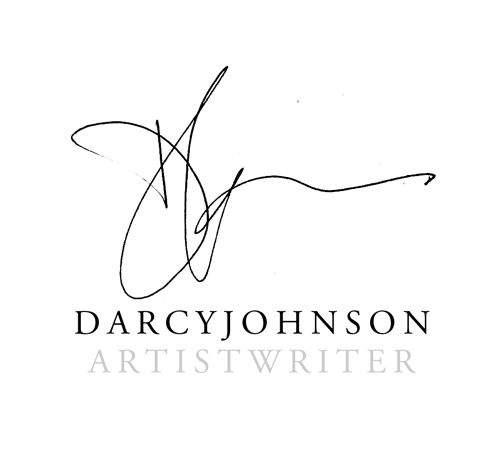SciArt Residency Blog #11, Nov 18, 2018
If we accept that simplified models (such as my example of the cell in the last blog) make scientific knowledge more accessible, I think art also has a powerful role that is similar. Part of what art evokes is an emotional response in the viewer. Emotion motivates interest and makes an idea meaningful and without it, we have difficulty caring even if we do understand something intellectually. So, to make science more widely appreciated it must be presented in the language of enthusiasm, inspiration, and connectedness to other human concerns. These are all components of what we call “beauty”
The thing that has always drawn me to science is beauty. The elegance of an explanation or the integration of questions and observations into an awestruck moment of clarity. The sheer aesthetic burst that hits me in the chest when I look at Ernst Haeckel's radiolarians or the grief at the present acidification of our oceans, is enough to convince me that it is how I feel about nature that makes me want to explore it.
Ernst Haeckel, Radiolarians
Yana Zorina, original microscopy image of neuron stem cell culture
Both Yana and I are working from the above image in our respective residency projects. I am slowly transforming this image into a painting. In my last blog post, I showed to progress over five weeks. The following image is my progress so far.
“Mapping Manhattan Revisited; Week Six”, Darcy Elise Johnson, 36’ X 36”, acrylic inks on wood panel
I am understanding this image more deeply and it is becoming a sort of companion. My attention is focused on discovering the intricacies of it. A carefully crafted artwork becomes a manifestation born from an intimate connection between the image and me. I know and care about it. I have just discovered a book on this topic that I am anxious to read, Drawing as a Way of Knowing in Art and Science by Gemma Anderson . Drawing and painting are a type of close observation that requires ongoing interpretation, evaluation, and commitment. Missteps become glaring. I am learning so much about so many things while I work out the possibilities of this piece. I suppose my point is that the process of making art is personal for me and I want to convey that in some way. The viewer, however, only needs to pay attention to the beholder’s share .
“Mapping Manhattan Revisited”, detail
This emotional connection to things we study closely is essential whether it is subatomic particles, bacteria, neurons or a painting. Andrea Wulf in “The Invention of Nature” eloquently revisits Alexander Von Humboldt’s conviction that “memories and emotional responses would always form part of man’s experience and understanding of nature”. In Humboldt’s “Cosmos” he united all sources of scientific discovery of the mid-1800s with the passion of a poet. He emphasized that all knowledge should be integrated and made accessible to the general public. Scientific models embody a theory and can act as a powerful tool to further our objective understanding of nature. The arts enrich and enliven this theoretical structure, make new connections and even reorganize it. Creativity drives the questions we ask that lead to the refinement of human understanding. Emotion motivates us by giving meaning and purpose to the process of “finding out” about the natural world and ourselves in it.




